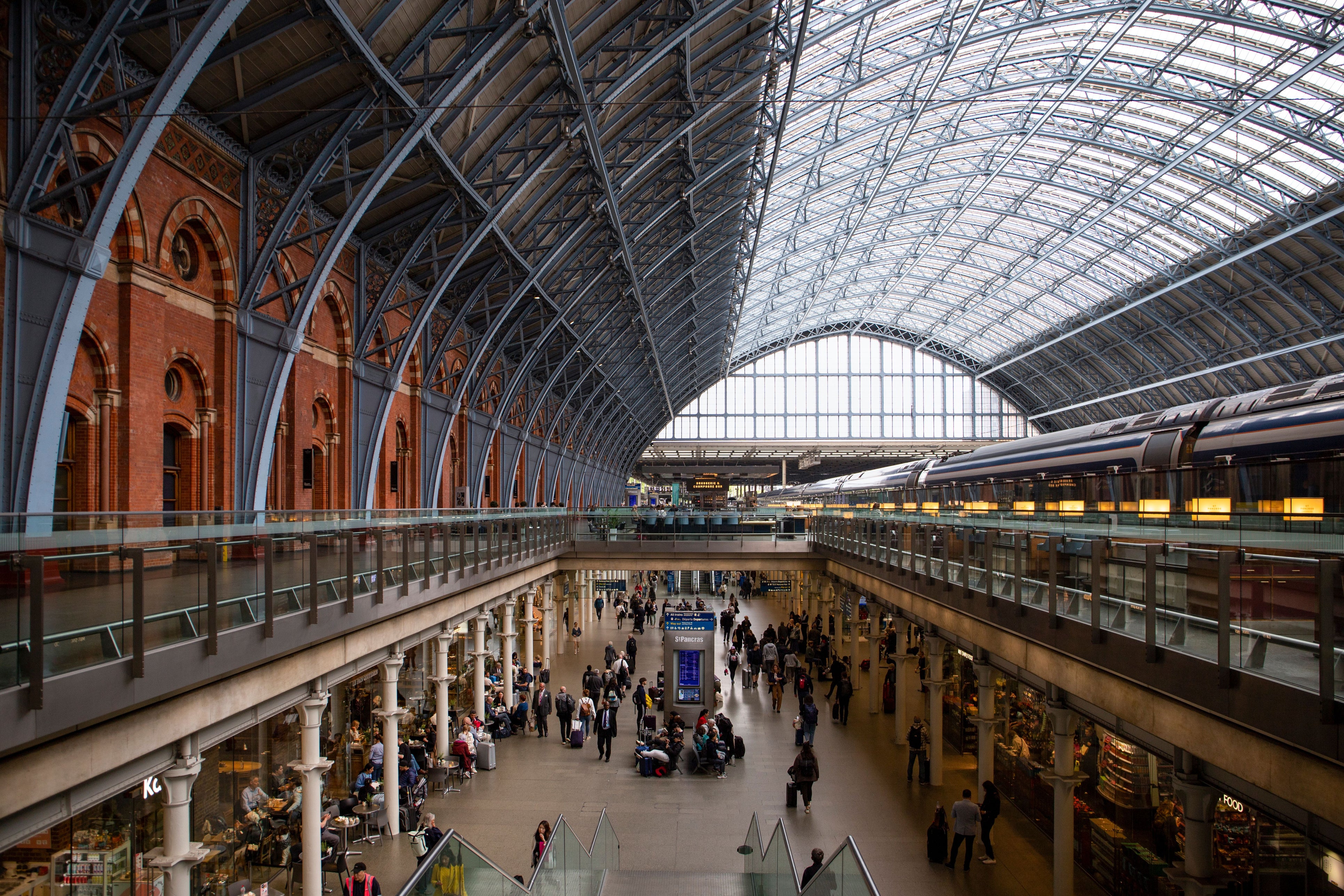High speed rail: the future of international travel
THE ARTICLES ON THESE PAGES ARE PRODUCED BY BUSINESS REPORTER, WHICH TAKES SOLE RESPONSIBILITY FOR THE CONTENTS

HS1 is a Business Reporter client.
After years of disrupted travel caused by the pandemic, demand for rail travel is on the rise. Trips to Europe account for most journeys taken by Brits, and many travellers want an alternative to short-haul flights.
Rail offers many advantages, and this trend is borne out by recent figures from the Railway Industry Association, which predicts that rail passenger numbers could double by 2050.
The environmental impact of the aviation industry is well documented, and sustainable journeys are increasingly a priority for many holidaymakers and business travellers alike.
In response, governments and the private sector can play an important role in prioritising and investing in sustainable alternatives to short-haul flights leading to greater economic and environmental benefits.
HS1, the UK’s first and, to date, only high-speed rail line between St Pancras International in London and the Channel Tunnel, seamlessly and sustainably connects UK travellers with Paris, Brussels and Amsterdam, with new routes anticipated in the future.
The high-speed line runs on electricity, 40 per cent of which comes from guaranteed renewable sources, and the trains on the line account for only 10 per cent of the carbon emissions that transporting the same number of people by air would take. Given France has recently clamped down on domestic short-haul flights on routes that can be travelled by train in less than two and a half hours, other European countries might follow suit. High-speed rail is increasingly becoming the future of travel.
Lower emissions aren’t the only benefit. High-speed rail travel creates a seamless journey for passengers to the continent, allowing them to travel direct from city centre to city centre, cutting out a number of steps in their journey and making it easier for business travellers to work throughout if they need to.
Thanks to a new generation of border e-gates and checks all carried out at one station, travelling on the HS1 line is a hassle-free experience. St Pancras International can now process up to 2,000 passengers per hour through its border control, reducing waiting times significantly. The introduction of the new European Entry Exit System poses significant challenges for all international travel operators in the UK, but HS1 is working closely with partners and governments to minimise impact on the seamless experience for passengers.
The HS1 line has a strong track record in providing a reliable service, with 99.7 per cent of services arriving on time compared with the industry average of 69.2 per cent, according to the Office of Rail and Road (ORR). Furthermore, it brings £427m of economic benefits to the UK and Europe every year.
Currently, the line operates at around 50 per cent capacity, demonstrating the potential, with new and existing operators, for further growth and associated benefits.
Building on the UK’s amazing railway heritage, a key aim is to now unlock the full economic and environmental potential of the HS1 line, providing even more opportunities for seamless and sustainable travel for UK and international travellers and protecting the planet for future generations.
For more information, visit highspeed1.co.uk.
Subscribe to Independent Premium to bookmark this article
Want to bookmark your favourite articles and stories to read or reference later? Start your Independent Premium subscription today.
